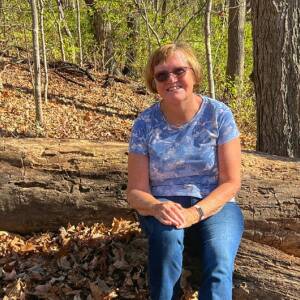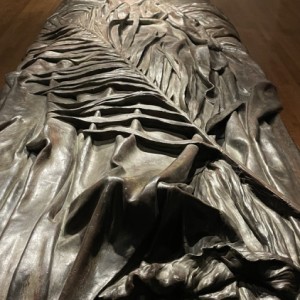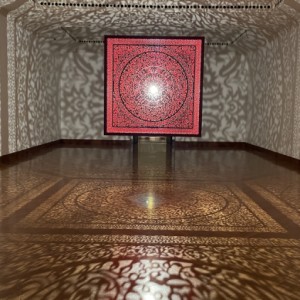“All the Flowers are for me”
Thursday
Today, we had made a reservation to visit the Cincinnati Art Museum, to see the Special exhibition featuring Frank Duveneck’s Art. Numbers were limited, masks compulsory, and people were keeping their distance, so we felt quite comfortable. Duveneck was a local artist, having been born in 1848 just across the river in Covington Kentucky, now part of Greater Cincinnati. He was the son of German immigrant Bernhard Decker. However, Decker died in a cholera epidemic when Frank was only a year old and his widow remarried Joseph Duveneck. The artist legally adopted his stepfather's name when he married in 1886, but he had been known as Frank Duveneck since the time of his mother's remarriage. By the age of fifteen Frank had begun studying art under the tutelage of a local painter, Johann Schmitt, and had been apprenticed to a German firm of church decorators. In 1869, he went abroad to study at the Royal Academy. He subsequently became one of the young American painters, including William Merritt Chase, John Henry Twachtman, Willis Seaver Adams and Walter Shirlaw—who in the 1870s overturned the traditions of the Hudson River School and started a new art movement characterized by a greater freedom of paint application. He also spent a number of years painting in Italy. Following the death of his wife in March 1888, he returned to America from Italy and gave some attention to sculpture, and modeling a beautiful tomb effigy for his wife’s tomb in Florence, Italy. The art museum has a plaster version, which I have put in extras. He remained in Covington until his death in 1919 and taught at the Art Academy of Cincinnati.
The art installation I finally chose for my blip however, is entitled “All the flowers are for me”. The artist is Anila Quayyum Agha, born in 1965, in Lahore, Pakistan, a Pakistani–American cross-disciplinary artist. Her specialty is creating immersive installations by manipulating light. The exhibition had shown at the museum once before, in 2017. She created “All the followers are for me” in response to the death of her mother in 2016. She speaks of the loss being greatly exacerbated by the distance between them, she being in Indianapolis, and her mother in Pakistan, and how she gained strength through creating this work. “Adorned with delicate cutout patterns, the steel form of this sculpture appears fragile, although the material is resilient, hardy, even stubborn in nature, just like humans”.
About it’s showing at this particular time, she continues,
“My experience of our present moment, living through a pandemic and radical social change, is one of collective grief. Many of us are experiencing some form of detachment, as we navigate a world where we wear masks, avoid touch, and still fight for what we believe in. I believe that what we need most of all is physical connection, making this work significant to me in an entirely new way. Human beings are a complex community - one that thrives on intimacy, relationships and shared beauty. I hope seeing this work creates the space to reflect on what we’ve lost and what we need as we work together to rebuild.”
At the bottom, unusually, it said Please feel free to photograph and share widely, so I thought I would do just that! I’ve put another shot from a different angle in extras.
We enjoyed lunch in their cafe, well spaced, and took in some of the permanent collection before returning home in a sleet/rain mix.
Step count: 4,230



Comments
Sign in or get an account to comment.


